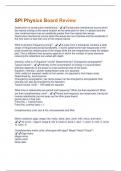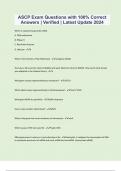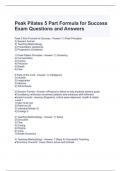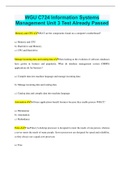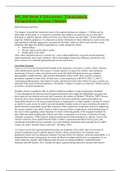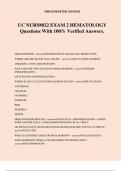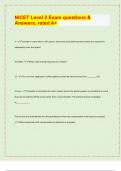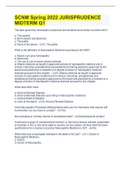Examen
SPI Physics Board Review Latest Questions and Answers 100% Correct.
- Cours
- Établissement
Destructive vs constructive interference - ️️Constructive interference occurs when two waves overlap at the same location at the same point in time ( in phase) and the new combined wave has an amplitude greater than the original two waves. Destructive interference occurs when the waves are o...
[Montrer plus]
